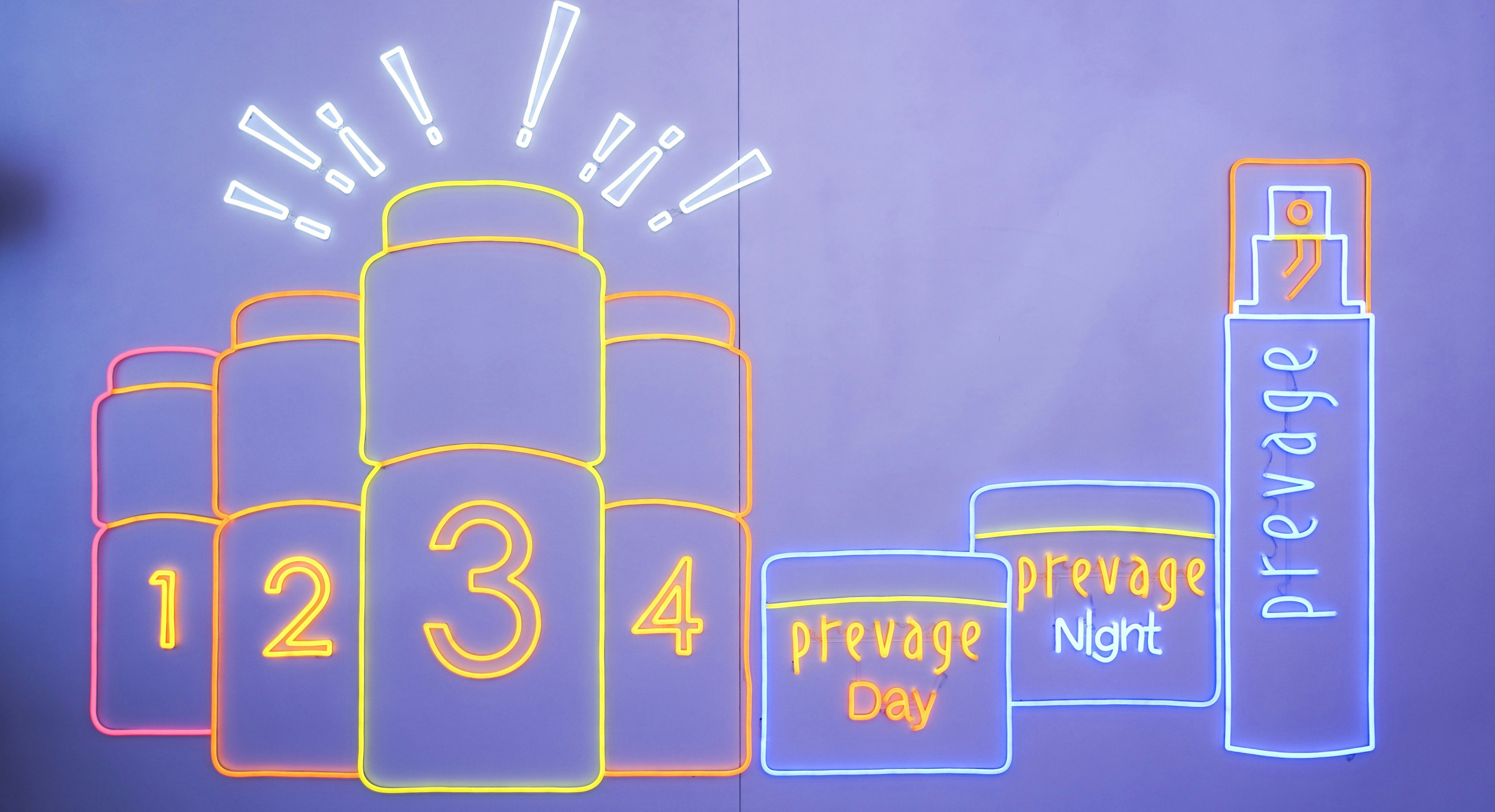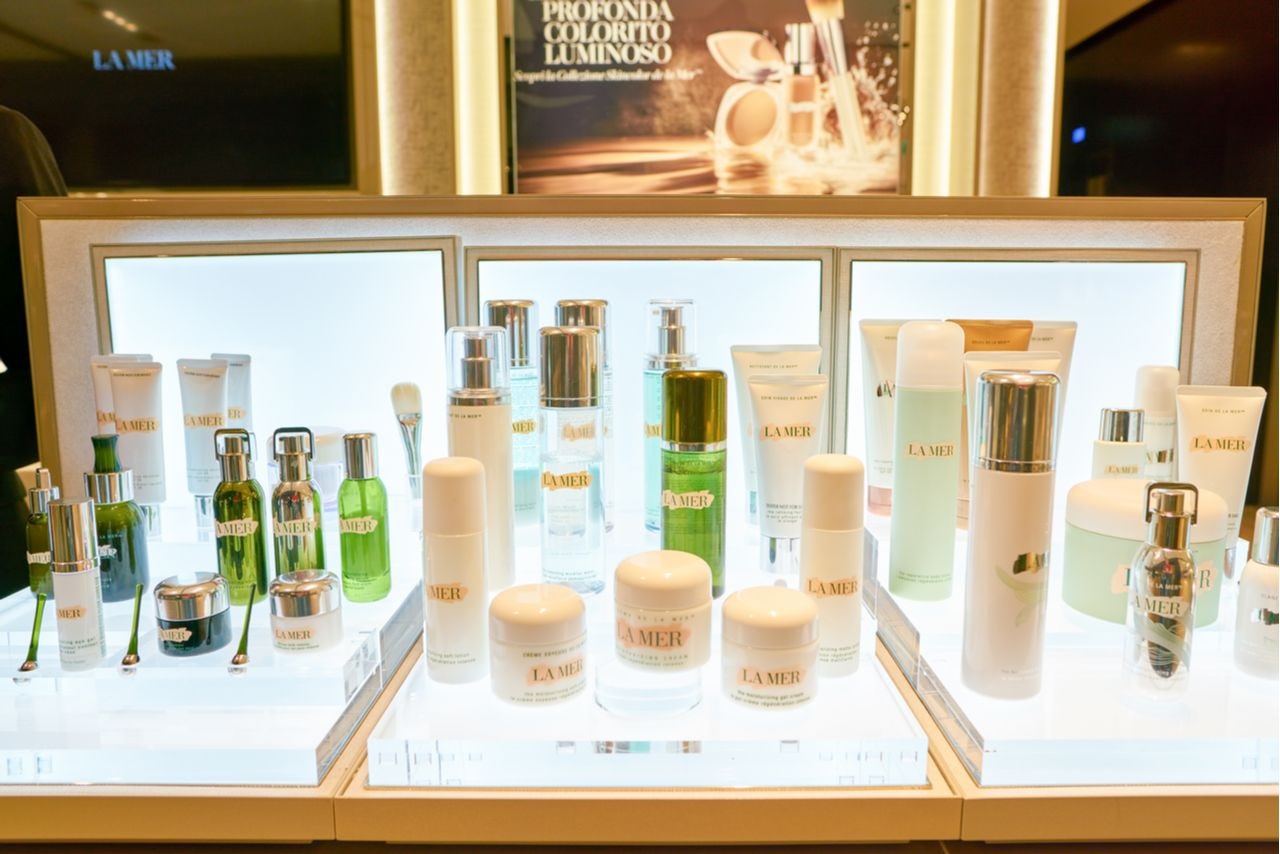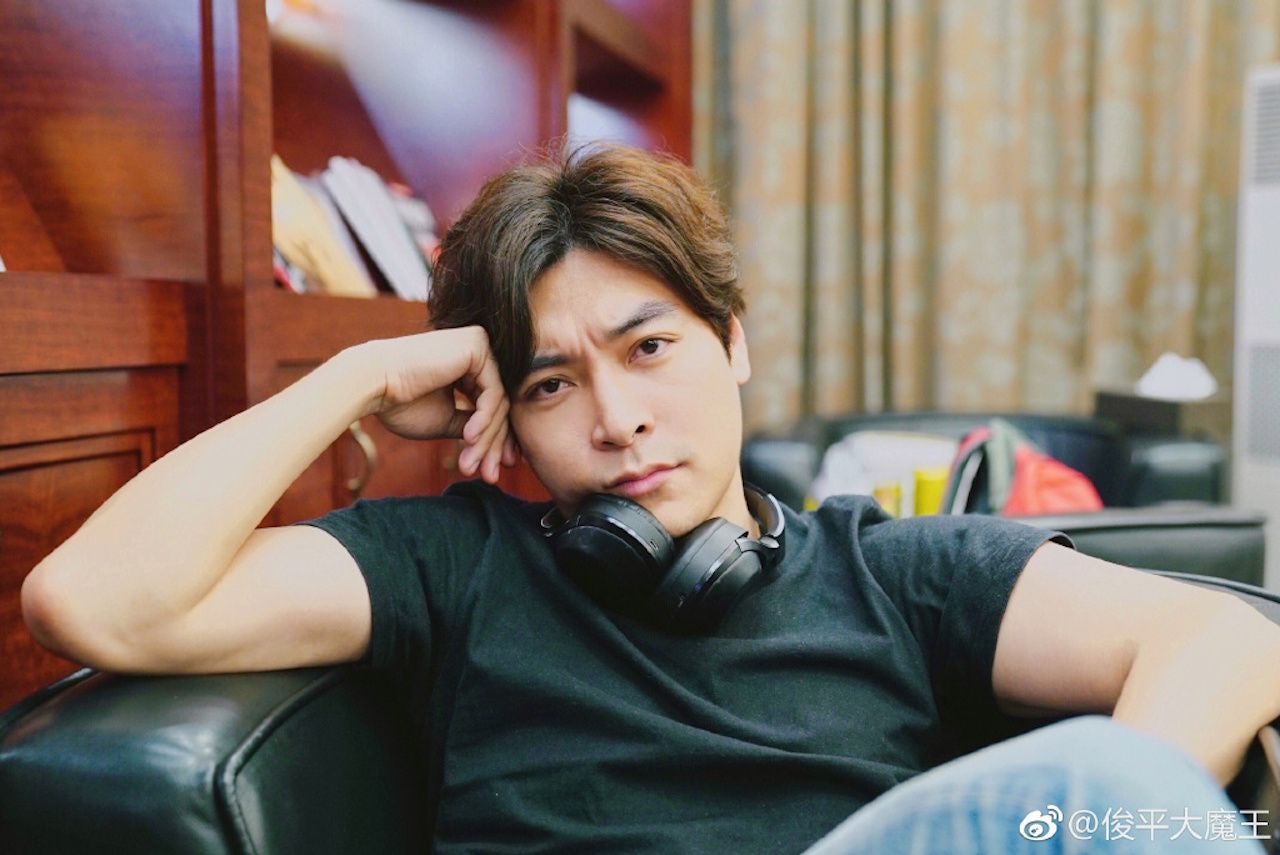Ampoules, the supercharged skincare serums meant to quickly revitalize your skin, began taking off in China around 2016. Since then, these highly-concentrated ‘miracle’ products that come in medicinal-looking and easy-to-carry capsules, have only grown in popularity.
Chinese consumers’ new obsession with ‘cosmeceuticals’ — cosmetic products that have medicinal properties — is evident on the shopping app Little Red Book where #ampoule was hashtagged over 100,000 times. But it’s been hard to distinguish between real and fake versions of these mysterious elixirs in the marketplace, and many reviews of these products are little more than marketing scams. Given the nature of these cutting-edge beauty products, ampoules have become a classic example of how, in the beauty industry, Chinese consumers are now demanding sophisticated products and learning how to verify them — particularly younger generations of internet-savvy female shoppers.
It comes down to ingredients#
According to Peking University dermatologist Xu Hongjun, ampoules have yet to be granted an official medical definition. But the products always share a few common characteristics. They often come in small, high-concentrated doses with active ingredients and enzymes, so they need to be stored in sealed capsules, separated from oxygen.
With similar capsule packaging, consumers have learned to differentiate between ampoule products by researching their different ingredients. Ann, who is a millennial skincare fan and a KOL with 1 million fans over multiple social media channels and started her ampoule journey in 2017 to cure her acne-prone skin, echoed this sentiment. “There are many products from different countries like Spain and in Europe,” she says. “Their prices range from 300 to 500 yuan, [but] my core criteria to distinguish [between] different products is to look at the ingredients and treatment.”
Another reason consumers are forced to become familiar with medical lingo is that there are only a few big brands that consumers recognize and trust when it comes to ampoules. The most searched ampoule brands on Tmall belongs to a list of cosmetic brands from different countries, many of whom specialize in cosmetic dermatology, such as the Spanish brand MartiDerm, the German brand Balea, and the Swedish brand Dekeri. Their general prices run on the lower-end (200 to 400 yuan), but there are even lesser players in the international high-end market, such as Lancôme. A 20ML Lancôme Advanced Génifique Sensitive Serum — known as the “little black bottle” ampoule — is priced at 78 (690 RMB). Meanwhile, Elizabeth Arden’s Prevage Progressive Renewal Treatment at 40ml is priced at 162 (1250 RMB).
Cosmeceutical education through KOLs#
Chinese women are constantly educating themselves on ampoule ingredients. Between October 2018 and January 2019 on Baidu, ‘skin-care ingredient’ and related cosmeceutical keywords searches saw a 331 percent surge, according to a recent report by Gartner L2 on beauty product trends in China.
Fortunately, KOLs have filled the void to help educate consumers on ampoule ingredients. One of the top searches of KOL/ampoule content on Baidu with over 50,000 hits is a video from the Chinese male beauty blogger Fang Junping. In the 6-minute video, Fang reviewed four different products at different price points to demonstrate the variety. A woman asks him questions as he breaks down each beauty product, making the video feel a lot like a doctor’s visit. Fang gives specific advice on topics like when to incorporate Ampoule into your skincare routine and what people with sensitive skin should look for.
On a different post, blogger San Mushu, a self-proclaimed chemistry doctor, shared his concerns about one of Lancôme’s ampoule products on ‘Chinese Quora’ Zhihu. There he questioned if the package — which separates the product into a capsule and a liquid — is necessary because it makes the ingredients less active, and he also warned about the risks of heightened skin sensitivity when first using an ampoule due to its highly concentrated nature.
For Chinese beauty bloggers, endorsing a brand is less about aesthetics than it is promoting the safety and quality of the brand.
Male beauty bloggers like Fang and San belong to an industry of male Chinese bloggers who hold influential power over female consumers’ cosmetic purchasing decisions. Unlike the West, they are often given the authority of a scientist. They’re dubbed “Cheng Fen Dang,” which is a slang term to describe the grassroots bloggers who gained recognition by analyzing ingredients in cosmetics. For Chinese beauty bloggers, endorsing a brand is less about aesthetics than it is promoting the safety and quality of the brand, something that has come in handy for consumers that want to understand more about a complicated product like ampoule.
Understanding how important KOLs can be to consumers’ decision-making process, Elizabeth Arden invited the dermatologist Xu to their new ampoule product launch event, where he gave a presentation verifying the medical effects of the product. Xu is a contributor to WeChat influencer account Ding Xiang Doctor, which is a celebrated name in the self-publishing medical media industry with over 10.26 million followers on WeChat.
Arden also invited Chinese actress Ning Chang, who has become the face of their company. The first Asian ambassador of the brand, Chang’s on-screen character and off-screen lifestyle perfectly embody the Arden’s DNA. Chang often plays tough-minded women in hit Chinese TV shows, and she is known to keep an active, rigorous workout schedule. In the public eye, her upbeat, positive image is inspiring. Despite being 37-years-old, netizens have crowned her “the queen of antioxidant (抗氧化女王).” The event was broadcast via Tmall live streams, and the combination of Chang’s popularity and Xu’s endorsement was received loud and clear by consumers all across the country. And it’s a KOL strategy that’s working: From June 26 to July 28, 18,000 bottles of the new product were sold.
Chinese millennial women on the rise#
Even though consumers are getting more sophisticated about researching ampoules, the market for it is getting younger. On Tmall, women between the ages of 25 and 30 make up the demographic that’s most interested in ampoules. The reason? They want to remake their skin with a highly-concentrated material than gives them a fast and visible effect.
“In China, our age group is a couple of years younger [than U.S. consumers].”
And the younger they are, the more likely they are to start their anti-aging routine early. “When I was speaking with our teammate in the US headquarters, they were quite surprised to hear our consumer demographic,” said Vanessa Yuan, Elizabeth Arden’s General Manager of China. “In China, our age group is a couple of years younger [than U.S. consumers].” This has to do with a skincare culture that’s deeply rooted in Asia where women believe their skin will sustain its look if they start caring for it early on. Because of this, the younger generations have started investing money into their skincare routine rather than expensive handbags.
Women in their 20s have become the largest consumer group for cosmetics and skincare, even outspending older women with higher disposable incomes. In a report by Kantar China, post-90s and 80s Chinese consumers’ per capita consumption of skincare products is nearly 100 yuan higher than those post-60s born consumers. Moreover, Millennials are more willing to try new products and brands.
While this is good news for beauty brands, it also means that they’re facing a more difficult demographic to persuade, as younger consumers have shown little loyalty to the brands they buy as compared to older generations. This group is also digitally shrewd and is generally discerning of traditional marketing. Since they also want to see immediate effects, today’s ampoule market will be tough to conquer. But with a digital-first strategy and grassroots KOL campaigns, brands can certainly find the sweet spot with this hot beauty trend.


